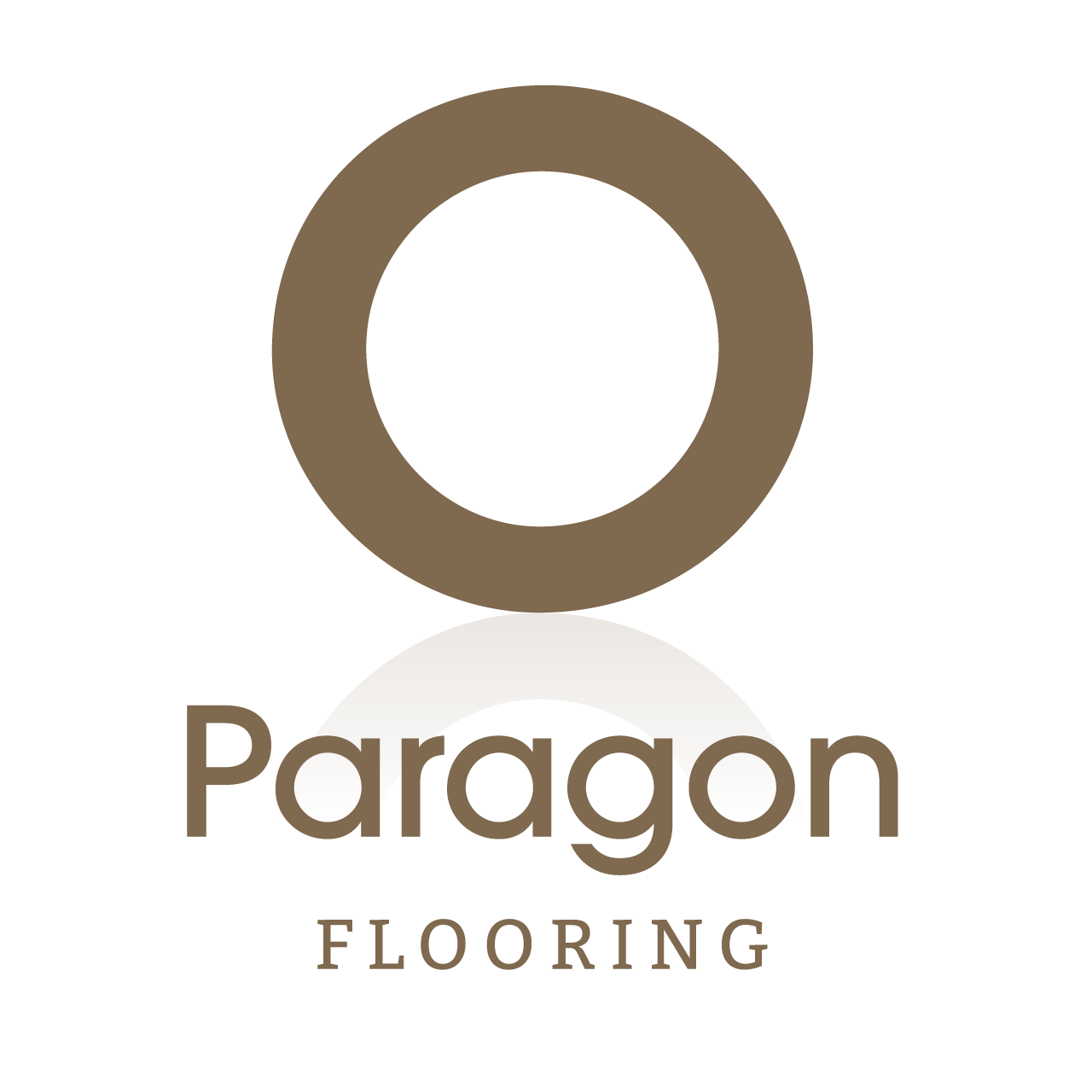FAQs
Paragon Flooring
Have a flooring industry related question? We have the answer. Check out these FAQs and give us a call today for more information!
-
What is low pile carpet?
In the world of carpets, "pile" refers to the length and closeness of the individual fibers. When it comes to low pile carpets, these are made from short fibers that are densely packed together. This creates a consistent, uniform look with a smooth feel.
-
What is high pile carpet?
A carpet's surface is formed by loops of varying heights and densities, collectively called the "pile." High-pile carpets use longer fibers, resulting in a deeper, plusher feel with a more textured and dynamic appearance. Shag carpets, known for their luxurious comfort, are a classic example of high pile. These carpets are ideal for adding warmth and contrasting with wood floors, often used as cozy accents in bedrooms and living rooms.
-
What is the difference between prefinished and unfinished flooring?
The key difference between prefinished and unfinished hardwood flooring lies in the finishing process. Prefinished floors come coated with multiple layers of a durable sealant applied directly at the factory. This finish often includes aluminum oxide, a highly wear-resistant material second only to diamond in hardness.
-
How to select the right hardwood for our home or your business.
Choosing the perfect hardwood floor can feel like a whirlwind of decisions: engineered or solid? Hand-scraped, smooth, or wire-brushed? Stained or natural? Bold grain or subtle variations? From creamy yellow to deep mahogany, the options seem endless! Our design experts are here to help you make a decision based on your style, budget and material preference.
-
Do I need underlayment for waterproof vinyl?
- Concrete Subfloors
If you are installing your vinyl plank flooring over a concrete subfloor, you may want to use an underlayment for three reasons. First, it will give you some added cushion to help make the floor softer to walk on. Second, you may want an extra vapor barrier above the subfloor to reduce any risk of moisture. Lastly, underlayments can provide thermal properties to help keep the flooring warmer in cold months.
- Wood Subfloors
For vinyl flooring installations over wood subfloors, you will not need to worry about a moisture barrier, but you may want an underlayment for added cushion or sound reduction.
- Existing Floors
When you’re installing vinyl floors over an existing subfloor, such as tile or linoleum, you can use an underlayment for added cushion and sound reduction. Moisture will not be an issue for you in this case.
Keep in mind that an installation over tile should include filling in any grout lines and unevenness. Also, you will want to make sure the flooring is in good condition before installing over it.
-
Is LVT a good product for rental properties?
More and more landlords are using the click LVT instead of replacing carpet. The life expectancy of the LVT exceeds the carpet. In many instances, a landlord could install a product like COREtech Plus directly over existing hardwood or tile because of its thicker core product, which limits the amount of telegraphing that typically occurs with vinyl products.
-
Do I need a moisture barrier if it is above grade?
Yes, as the barrier will help prevent water from getting to the floor and causing damage. Install the barrier between the subfloor and hardwood flooring.
-
Can we install hardwood flooring in the basement?
Yes, but only if the flooring is engineered hardwood. Solid hardwood floors should not be installed below grade due to excessive moisture that will cause them to contract and expand.

Share On: